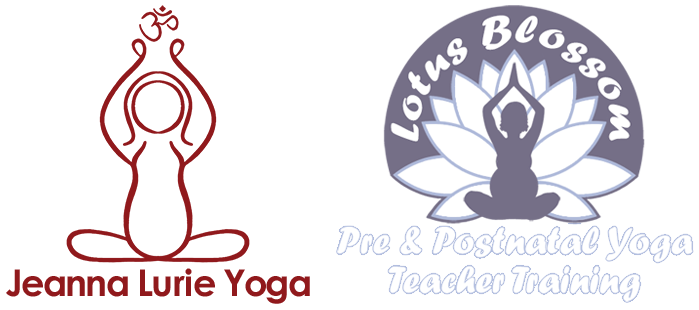The "Right Question"
Keep stretching, Kev! You'll touch your toes in no time!
This morning, my husband, Kev asked me a question that made me so happy! It wasn't "Hey, want to get away with me to Tahiti?" or even just, "Would you like your shoulders massaged?" I definitely love questions like that, but today he asked me something of a much different nature: "Can you give me three or four exercises to improve my body? Something specific so I have a goal to work towards?" This question absolutely thrilled me! I've joked that Kev is the poster child for how sitting all day will wreck your body. (In all fairness, I should note his sedentary job pays most of our bills, so there’s that.) His hamstrings are super-tight, it's hard for him to lengthen his spine, and as a result, he suffers from back pain. When we finally are able to retire, we have lots of travel to catch up on, and I don't want his body to limit us! (Or mine, for that matter!) But I also know that nagging him about moving his body won't do any good, so I try to tread lightly.
So of course, I was super excited that he is thinking about battling his sedentarism and working towards eliminating his back problems. His question however, was not exactly the "right" question. And he is not alone in not quite asking the right question. Recently, I had a mom who had concerns about her pelvic floor. I went into my usual explanation (somewhat oversimplified for brevity) of pelvic floor health, how doing a million kegels may actually cause more problems than it solves, and how improving alignment and squats are a better bet. She seemed satisfied with my answer and went on to ask, "So how many squats per day should I do?"
The problem with this question and Kev's is that they are looking for a prescriptive answer. Like, "do these three exercises daily," or "ten squats a day should do it." I give them both credit for even asking these questions and thinking about how to improve the way their bodies function. However, bigger strides will be accomplished by getting out of the paradigm of exercise. That's hard to do in our culture, in which technology that allows us to sit more and does things for us, is highly celebrated. Movement research is centered around exercise, comparing completely inactive groups to those who do a certain activity for a certain amount of time at regular intervals, like this one from the British Heart Foundation that recommends that middle aged women should exercise 2- 3 times a week to reduce risk of heart disease and stroke. I'm not going to argue with the results, but I'd love to see a study comparing people who sit around most of the day and exercise a little bit with an industrialized population that moves all day long, without officially "exercising." Maybe there aren't enough of the latter to even do a study! It's pretty common in this day and age to sit all day and "make up for it" by going for a bike ride or hitting the gym after work. (Blows my mind that there's actually a market for gyms to be open all night long!) But Mother Nature designed humans to move, move, move. There’s a big trend towards paleo eating, yet nobody is talking about paleo moving!
Me, actually writing this blog.
Shifting out of the “prescriptive exercise” paradigm, a better question would be "What can I do to reduce pain/discomfort in my body and increase mobility?" Or in the case of my expectant students, “What can I do to bring more comfort into my pregnant body, increase my chances of an easier birth, and speed up the recovery process in the postpartum?” And the answer to both questions, generally speaking, is to move more. Most sedentary people will need a transition period that may require some exercises to get to that place of mobility. But the goal of course, is having a body that feels good, not ticking exercises off a to-do list.
So how might Kev, or the mom concerned about her pelvic floor, or YOU bring more movement into a modern life? Squat to pick up something dropped on the floor or when you are working in the yard. Walk to work, or take public transportation or drive and park a mile away then walk. (Kev, I’m looking at you!) Avoid modern furniture and sit on the floor as much as possible. Instead of driving to a movie, walk there or make date-night a picnic and a hike. (It’s cheaper, too!) Go to IKEA! While many second or third-time moms complain they are more tired than during their first pregnancy, they also express feeling better overall. My hypothesis is they get more movement in their lives by chasing after their older child. Take the opportunity to crawl around on the floor with your toddler- it does wonders for the back and positioning of the baby!
Hey Kev, I bet hiking in Tahiti is amazing! And giving your wife a shoulder massage will work muscles in your hands and arms. On second thought, the right questions ARE “Want to get away with me to Tahiti?" and, "Would you like your shoulders massaged?” ;-)
There are tons of ways to bring more movement and better alignment into your life if you get creative. Use the comments below to share your ideas.


